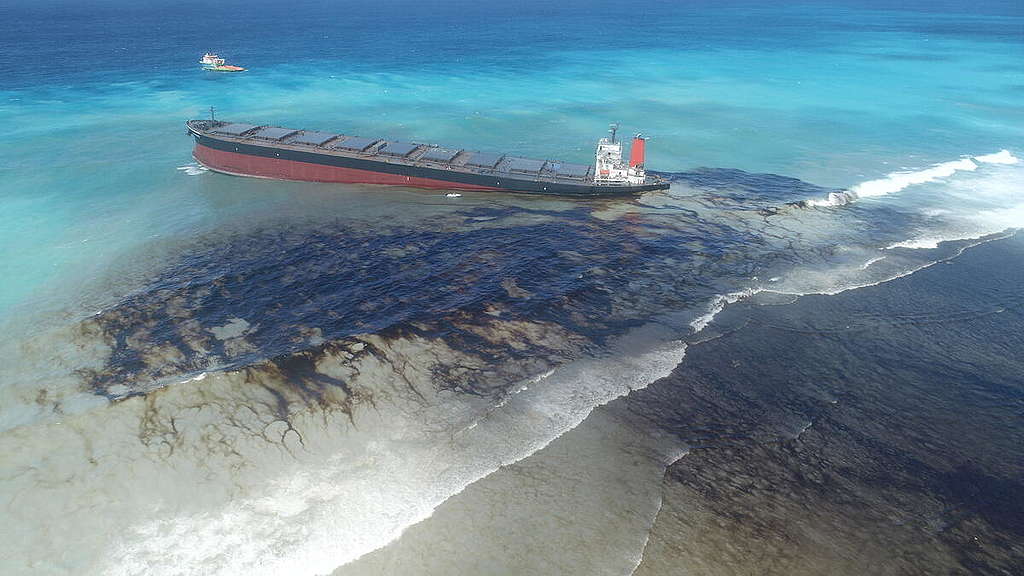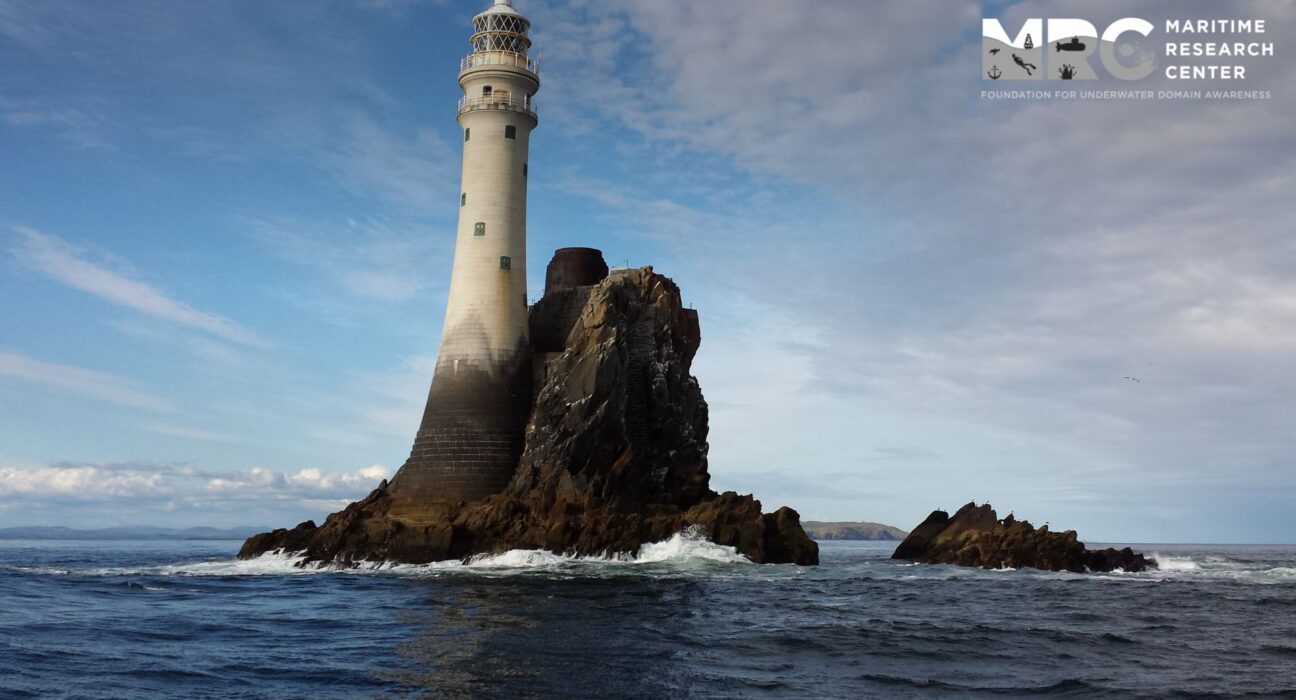- Maritime collisions, fueled by surging traffic, pose a grave threat to lives, economies, and ecosystems.
- Human errors, navigational hazards, and adverse weather are key contributors to these disasters, often resulting in oil spills and extensive environmental damage.
- The Underwater Domain Awareness (UDA) Framework offers a multi-faceted approach to averting collisions through advanced technologies and collaborative strategies.
- The Underwater Domain Awareness (UDA) Framework offers a multi-faceted approach to averting collisions through advanced technologies and collaborative strategies.
- Prioritizing collision prevention is not only an environmental necessity but also an economic imperative, safeguarding our planet and future prosperity.
Maritime transport serves as a cornerstone of the global economy, facilitating international trade and the exchange of goods across continents. Its efficiency and cost-effectiveness have contributed significantly to economic growth and globalization. However, the surge in maritime traffic over the years has brought about an increased risk of accidents, particularly collisions.
Maritime collisions, where vessels collide at sea, are a grave threat lurking beneath the waves of global trade. As maritime traffic surges, so does the risk of these catastrophic events, which can lead to devastating loss of life, environmental havoc, and economic turmoil. Picture this: massive vessels colliding amidst the vast ocean, spewing oil, disrupting trade routes, and leaving ecosystems scarred. The aftermath is a stark reminder of the urgent need to prioritize maritime safety. This article delves into the causes and consequences of maritime collisions, emphasizing the importance of prevention and the role of advanced technologies in averting these disasters.
Some Major maritime collisions in recent years are as follows:
- The collision between the RO-RO ferry Ulysse and the container ship CSL Virginia in the Mediterranean Sea in October 2018. The impact resulted in Ulysse’s bow becoming wedged deep into the hull of the CSL Virginia, causing a significant breach and a subsequent leak of nearly 500 cubic meters of heavy fuel oil.
- The collision between the USS John S. McCain and the merchant ship Alnic MC in the Singapore Strait in August 2017. The incident resulted in extensive damage to the USS John S. McCain, with repair costs amounting to a staggering $72 million.
- The collision between the bulk carrier Wakashio and a coral reef off the coast of Mauritius in July 2020. The grounding of the vessel resulted in a major oil spill that caused significant damage to the local marine environment.
- The collision between the bulk carrier Wakashio and a coral reef off the coast of Mauritius in July 2020. The grounding of the vessel resulted in a major oil spill that caused significant damage to the local marine environment.
- The collision between the grain ship Grand Rodopi and the Australian fishing vessel Apollo in Port Lincoln, South Australia in October 2010. The impact crushed the Apollo, causing $20 million in damages.

Several factors contribute to maritime collisions, including human error, navigational challenges, adverse weather conditions, and technical malfunctions. Human error encompasses a range of mistakes, from misjudgment of distances and speeds to inadequate communication and lack of adherence to safety regulations. Adverse weather conditions, such as fog, storms, or strong currents, can impair visibility and maneuverability, increasing the risk of collisions. Technical malfunctions, including equipment failures or software glitches, can also contribute to accidents.
- In the Ulysse and CSL Virginia collision, human errors such as the watch officers being distracted or inattentive to radar alarms, as well as the CSL Virginia anchoring in a busy sea lane, were cited as primary causes.
- The USS John S. McCain collision was attributed to a lack of effective oversight and training in the U.S. Navy, leading to inadequate bridge procedures. Additionally, a loss of steering that was mishandled, crew fatigue and lack of training on control systems, and non-compliance with casualty procedures exacerbated the situation.
- In the case of the MV Wakashio oil spill, the vessel lost power and drifted into a reef off Mauritius, causing the spill. Poor clean-up efforts then led to further environmental damage and loss of life in the area.
- In the case of the MV Wakashio oil spill, the vessel lost power and drifted into a reef off Mauritius, causing the spill. Poor clean-up efforts then led to further environmental damage and loss of life in the area.
Environmental Aftermath:
The collision between the RO-RO ferry Ulysse and the container ship CSL Virginia in the Mediterranean Sea on October 7, 2018, had significant environmental impacts. The incident resulted in a major oil spill, with approximately 530 cubic meters of bunker oil escaping from the CSL Virginia’s tanks. The oil slicks formed and drifted in the sea, causing pollution to extend over approximately 25 kilometers, with seven distinct slicks observed. The pollution was carried by currents and winds, eventually reaching the French Riviera, where it impacted 49 beaches, causing widespread damage and requiring extensive clean-up efforts.
The environmental impacts included:

- Oil Spill: The collision released a significant amount of bunker oil into the sea, which formed slicks and drifted towards the French Riviera. This led to extensive pollution on beaches, requiring a massive clean-up operation involving over 150 public actors and involving more than 96,000 cumulative working hours.
- Beach Pollution: The oil slicks arrived on the beaches of the French Riviera on October 16, 2018, causing significant pollution and requiring immediate action to clean up the affected areas.
- Environmental Damage: The pollution caused by the oil spill had a significant impact on the local marine environment, with the oil slicks forming and drifting in the sea, causing damage to marine life and ecosystems.
- Environmental Damage: The pollution caused by the oil spill had a significant impact on the local marine environment, with the oil slicks forming and drifting in the sea, causing damage to marine life and ecosystems.
- Coastal Cleanup: The incident required extensive coastal cleanup efforts, involving public actors, private companies, and government agencies. The cleanup operations were carried out over several weeks, to restore the affected beaches and marine environment.
Just a single accident like this can cause irreversible damage to our environment and economy. The frequency of maritime collisions, both small and large, has remained a significant concern in recent years:
- A study analyzing the frequency of ship collisions after the implementation of a Traffic Separation Scheme (TSS) found that the frequency of head-on collisions was 0.003149 per year, overtaking collisions were 0.070270 per year, and crossing collisions were 0.079589 per year.
- In 2021, collisions accounted for 31% of all reported shipping accidents in Canada, with 54 collisions reported, a 34% decrease from the 10-year (2011-2020) average of 82 collisions.
- Globally, a 20-year analysis from 2001 to 2020 found that collisions were one of the most frequent types of marine accidents.
- In 2022, there were 38 large ships lost, a decline from 59 in 2021, according to data from Allianz. Many of these losses were likely due to collisions.
The pollution they cause can decimate marine life, disrupt ecosystems, and contaminate coastlines, leading to long-term ecological consequences. Economically, these disasters necessitate extensive cleanup efforts, incur substantial costs, and can disrupt industries reliant on affected resources.
Methods for prevention and role of UDA:
The current system and rules to prevent maritime collisions at sea are based on the International Regulations for Preventing Collisions at Sea (COLREGS) and the Navigation Rules, developed to unify and update various inland navigation rules. These regulations aim to ensure the safety of vessels and their crews by providing guidelines for navigation and collision avoidance.
However, that being said these are only Rules and strict enforcement and technology are required to implement them. Here’s where the UDA framework can provide remarkable improvements in this area to allow for automation of the process to prevent any of the above-mentioned human errors.
UDA framework includes the following key aspects relevant to preventing maritime collisions:
- Detection and Classification Modelling & Simulation (M&S): Detailed M&S using ambient noise mapping and underwater channel modeling can enhance the detection and classification capabilities of sonar systems, improving situational awareness to avoid collisions.
- Real-Time Surveillance: Real-time underwater surveillance with enhanced detection ranges and accurate classification can help identify and track vessels, preventing collisions.
- Vulnerability Assessment Acoustic Signature Management: Precise measurement of acoustic signatures can identify vulnerabilities in being detected by other vessels, allowing for adjustments to avoid collisions.
- Resource Management Resource Mapping: Effective mapping of underwater hazards and obstacles is crucial for safe navigation and avoiding collisions.
- Policy and Technology Interventions Digital Transformation: Driving digital transformation in maritime surveillance and communication systems to enhance collision avoidance capabilities.
- Acoustic Capacity & Capability Building: Building expertise in sonar and acoustic sensing to improve maritime domain awareness for collision avoidance.
- User-Academia-Industry Partnership: Collaboration between maritime stakeholders, researchers, and technology providers to develop innovative collision avoidance solutions.
- Prediction and Deception Prediction Models: Leveraging predictive models to anticipate potential collision scenarios and inform evasive maneuvers.
- Internal Security Management Waterfront Intelligence: Gathering intelligence on vessel movements and activities in ports and waterways to enhance traffic management and collision prevention.
In conclusion, while maritime transport is vital for global trade, the increase in marine traffic necessitates heightened attention to safety measures. Maritime collisions pose significant risks to human life, the environment, and the economy. Addressing the factors contributing to these accidents and prioritizing safety protocols are essential for ensuring the secure and sustainable future of maritime transportation.

Aryan Awadh, IIT Kharagpur
About Author
Aaryan Awadh was a Summer Intern for 2024 at the Maritime Research Center, Pune, and undertook research on the Underwater Domain Awareness (UDA) Framework in the domain of developing new technologies for advancement in Maritime communication and prevention of Maritime collision. He is also a third-year undergraduate at IIT Kharagpur pursuing his Bachelor of Technology in Mining Engineering.


